One of Europe’s last wild rivers: biodiversity and hydropower on the Vjosa River
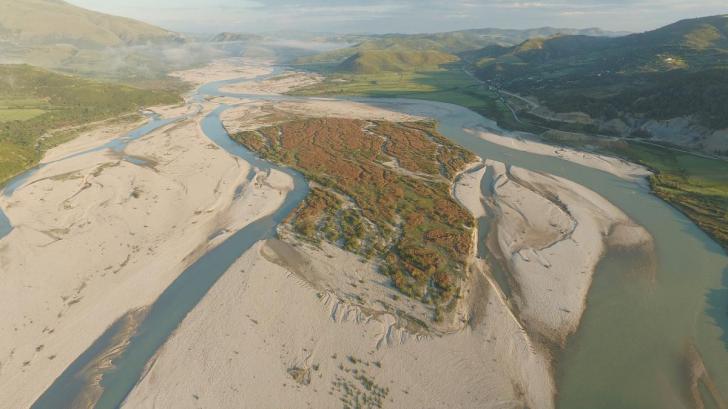
The Vjosa River in Albania is often termed one of ‘Europe’s last wild rivers’. It flows unobstructed by dams and hydropower plants along its 270km course through deep canyons, braided channels and wide meanders to the Adriatic Sea. The fact that the Vjosa River’s course – and that of its tributaries – is intact makes it a unique river system in Europe.
In recent years, scientists and campaign groups have undertaken a series of research projects and public events in order to highlight the Vjosa’s diverse ecosystems, and the biodiversity they support. This work has been carried out in response to the increasing threat of hydropower construction in the Vjosa catchment. Whilst the Vjosa is bordered by a number of protected areas, it has little environmental protection, and as a result there are currently 38 hydropower plants planned for construction within its catchment. However, up until recently, there has been very little data available on the Vjosa’s ecological and fluvial diversity, meaning environmental campaigners have had scant scientific evidence available to support their work.
A newly released report provides the first ‘baseline’ study of the Vjosa’s ecosystems and biodiversity, stating that the river is an extremely rare site with valuable habitats supporting numerous protected and endangered species. A team of scientists – co-ordinated by Dr. Paul Meulenbroek at the University of Natural Resources and Life Sciences, Institute of Hydrobiology and Aquatic Ecosystem Management (IHG) in Vienna – documented over 1100 plant and animal species, many of which are protected under national and international law. Their study suggests that the Vjosa is thus one of the few remaining ‘reference’ sites for dynamic floodplains in Europe, characterised by its ‘near-natural’ status.
The report authors use their findings to make a series of objections to the proposed Kalivaç hydropower plant. The Kalivaç project was originally approved in 1997, but its construction – close to the town of Tepelena – has never been finished, and the river still flows uninterrupted. However, plans for the project’s construction continue, with a proposed 43 metre-high rockfill dam across the river which would create a 16km² reservoir as a means of generating hydropower electricity.
The authors make three main objections to construction. First, they argue that the Kalivaç project would lead to the complete and irretrievable loss of more than 1000 hectares of natural and near-natural river and floodplain landscape. They suggest that such “destruction of one of the greatest wild river landscapes in Europe” would cause local decreases in around 40% of all species, and block over 800km of the river network to migratory fish.
Second, the authors suggest that the Kalivaç project poses a significant local biodiversity extinction risk, and it is expected to destroy around 870 hectares of habitat listed by the EU Habitat Directive. As such, the authors state that the project poses a contravention of a number of European and international laws and conventions, also including the IUCN Red List, the Bern Convention, and Birds Directive.
Third, the report states that the Kalivaç reservoir would fill with sediment within 60 years, leading to an ongoing loss in energy potential each year, and requiring significant dredging management. The authors suggest that such sedimentation would pose high economic costs to hydropower managers, cause ongoing ecological losses, and limit the potential of the Vjosa catchment to attract eco-tourists.

The report is released only weeks after environmental activists staged public interventions in Paris, Brussels, Berlin and Tirana, where fabric spelling out ‘Vjosa National Park Now’ was draped in the foreground of heritage monuments. The interventions were coordinated by the Save the Blue Heart of Europe campaign as a means of highlighting the need to designate the Vjosa as Europe’s first Wild River National Park. In September 2020, Albanian Prime Minister Edi Rama stated his intention to protect the Vjosa, but there has been little subsequent progress, and the current environmental protection designations offer only minimal protection from future hydropower construction.
The authors of the new report conclude by outlining the urgent need for significant new environmental protections for the Vjosa catchment. They write, “The fauna and flora of this highly dynamic river represent the last inhabitants of a dwindling river refuge. Their survival depends on well-planned management of both the catchment and the surrounding areas. As a model for restoration measures, and a cradle of biodiversity and natural heritage, this river and its community are too important to be lost.”
+++








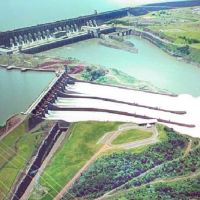

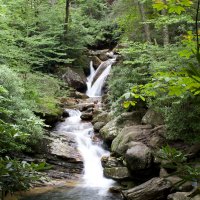
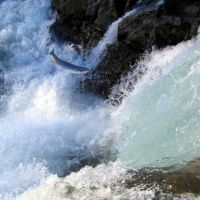
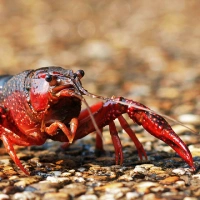
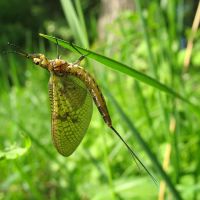
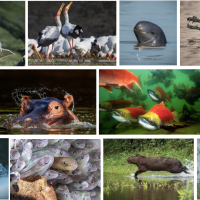
Comments are closed.